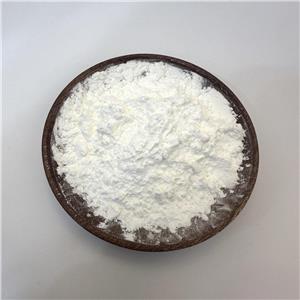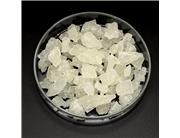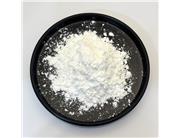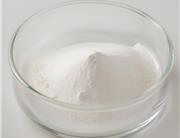Guanidine thiocyanate (GITC) is a powerful chaotropic agent that was first synthesized in the mid-20th century. It was developed while exploring the unique properties of guanidine derivatives to disrupt molecular structure. GITC quickly gained fame for its powerful ability to denature proteins and nucleic acids and is of great value in molecular biology and biochemistry.
The chemical formula of guanidine thiocyanate is CH5N3•CHNS. It is a colorless to pale yellow crystalline solid that is highly soluble in water and organic solvents. The compound has a guanidine group attached to a thiocyanate ion, which gives it its powerful chaotropic properties. This structure disrupts hydrogen bonds, effectively denaturing biomolecules.
GITC exerts its chaotropic effect by disrupting the hydrogen-bonding network of water, disrupting the hydrophobic interactions that maintain the native structure of proteins and nucleic acids. This disruption results in unfolding of proteins and denaturation of nucleic acids, thereby facilitating their study and manipulation in various biochemical applications.
GITC is widely used in RNA isolation protocols. It denatures RNases, protecting RNA from degradation. This makes GITC essential for extracting high-quality RNA from biological samples, critical for applications such as reverse transcription, quantitative PCR (qPCR), and RNA sequencing.
GITC is used to denature proteins, facilitating studies of protein folding, stability, and interactions. By disrupting secondary and tertiary structure, researchers can analyze primary structure and identify protein domains and functional sites.
GITC is used in DNA purification to remove proteins and other contaminants. Its ability to denature proteins ensures that DNA samples are free of enzymatic activity and other impurities, which is critical for downstream applications such as cloning, sequencing, and PCR.
GITC is used to inactivate viruses in clinical samples, ensuring the safety of laboratory personnel and preserving nucleic acids for diagnostic testing. During the COVID-19 pandemic, this application is particularly important for preparing samples for SARS-CoV-2 testing.
Guanidine thiocyanate is a hazardous substance and must be handled with care. It is irritating to the skin, eyes, and respiratory tract and can be toxic if ingested or inhaled. Appropriate personal protective equipment, such as gloves, lab coats, and goggles, should be worn when handling GITC. Additionally, solutions should be prepared in a well-ventilated area or under a fume hood to avoid inhalation of vapors.
Brand: Soarwin
CAS No.: 593-84-0
EC number:209-812-1
Molecular Formula: C2H6N4S;CH5N3.HSCN
Density: 1.103g/mLat 20°C
Boiling point:132.9oC at 760 mmHg
Melting point:120-122°C(lit.)
Flashing point: 34.2°C




 China
China

